Introduction
Cooking a perfectly tender, juicy, and flavorful steak in a simple flat-bottomed pan might seem like a daunting task for many home cooks. However, with the right techniques, ingredients, and a bit of patience, transforming a raw steak into a culinary masterpiece is entirely within your reach. This guide will walk you through the step-by-step process of how to pan-sear a steak to achieve that perfect, tender texture that melts in your mouth. From selecting the right cut to mastering the cooking process, every detail counts in creating a restaurant-quality steak at home.
Section 1: Choosing the Right Steak
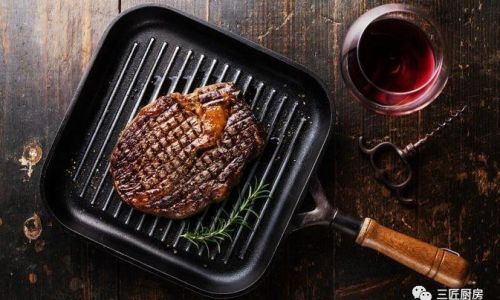
Before you even think about heating up your pan, it’s crucial to start with a high-quality piece of meat. Not all steaks are created equal, and certain cuts are inherently more tender and suitable for pan-searing than others. Here are some of the best options:
-
Ribeye: Known for its rich flavor and tender texture, the ribeye is a favorite among steak lovers. It has a high fat content, which helps keep the steak moist during cooking.
-
New York Strip: This cut comes from the short loin and is characterized by its tenderness and well-balanced marbling. It has a slightly firmer texture than the ribeye but still retains a lot of flavor.
-
Filet Mignon: The tenderest cut of beef, the filet mignon is lean and buttery, with a melt-in-your-mouth texture. However, its lack of fat means it can be less flavorful unless cooked with care.
-
Sirloin: While not as tender as the ribeye or New York strip, sirloin is a more affordable option that still offers good flavor and can be cooked to a tender texture with the right techniques.
When purchasing your steak, look for one that has even marbling, a bright red color, and a firm texture. Avoid steaks with excessive fat trim or dry, discolored edges.
Section 2: Preparation is Key
Once you’ve selected your steak, proper preparation is essential to ensure it cooks evenly and retains its moisture. Here’s how to prepare your steak for pan-searing:
-
Trimming Fat: Remove any excess fat from the edges of the steak. This not only helps with even cooking but also prevents the steak from becoming greasy.
-
Seasoning: Season your steak generously with salt and pepper. For added flavor, you can also use a steak seasoning blend or rub it with minced garlic, rosemary, or thyme. Let the steak sit at room temperature for at least 30 minutes after seasoning. This helps to bring the meat to a more uniform temperature, ensuring a more even cook.
-
Pat Dry: Use paper towels to pat the steak dry. Moisture on the surface of the steak can prevent a good sear, so make sure it’s as dry as possible before cooking.
Section 3: Preheating Your Pan and Oil
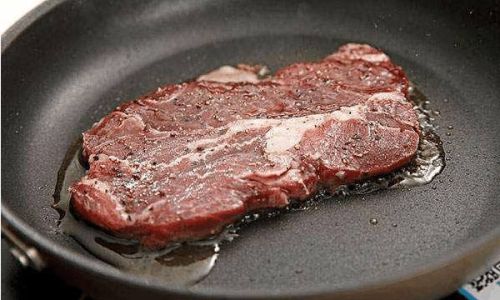
The secret to a perfectly seared steak lies in a hot, preheated pan. Here’s how to get your cooking surface ready:
-
Choosing the Pan: A heavy-bottomed, cast-iron skillet or stainless steel pan is ideal for pan-searing steaks. These materials retain heat well, creating an even cooking surface.
-
Preheating: Place your pan over medium-high to high heat and let it preheat for at least 5 minutes. You want the pan to be very hot before adding the steak.
-
Adding Oil: Use a high-smoke-point oil like avocado oil, grapeseed oil, or clarified butter. Pour a small amount of oil into the pan and let it heat up until it’s shimmering but not smoking.
Section 4: Cooking the Steak
Now it’s time to cook your steak. Follow these steps to achieve a beautifully seared exterior and a tender, juicy interior:
-
Placing the Steak: Carefully place the steak in the hot pan. You may hear a sizzle, which is a good sign that the searing process has begun. Do not move the steak immediately; let it sear undisturbed for about 3-4 minutes on the first side.
-
Searing: Use tongs to flip the steak and sear the other side for another 3-4 minutes. For medium-rare doneness, aim for an internal temperature of around 130°F (54°C). If you prefer your steak cooked to a higher degree, you can adjust the cooking time accordingly.
-
Finishing: To ensure even cooking and to create a beautiful crust, you can use a spatula to press down gently on the steak while it’s searing. This helps to create more contact between the meat and the hot pan, promoting even browning.
-
Thermometer Check: Use a meat thermometer to check the internal temperature of the steak. Insert it into the thickest part, making sure not to touch the bone if the steak has one.
-
Resting: Once the steak reaches your desired doneness, transfer it to a plate lined with paper towels or a clean plate. Tent it loosely with aluminum foil and let it rest for at least 5-10 minutes. This resting period allows the juices to redistribute, ensuring a juicier, more tender steak.
Section 5: Adding Flavor with Butter and Herbs
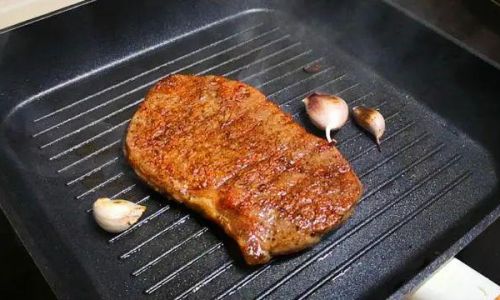
For an extra layer of flavor, you can add butter and fresh herbs towards the end of the cooking process:
-
Adding Butter: After flipping the steak for the second time, add a few tablespoons of butter to the pan. Let it melt and baste the steak by spooning the butter over the top and sides.
-
Incorporating Herbs: Add fresh herbs like thyme, rosemary, or garlic slices to the butter in the pan. These will infuse the butter with additional aroma and flavor, which will then coat the steak.
-
Final Baste: Continue basting the steak with the buttery herb mixture until it reaches your desired doneness.
Section 6: Serving Your Tender Pan-Seared Steak
Now that your steak has rested, it’s ready to be served. Here are some tips for presenting and enjoying your culinary creation:
-
Slicing: Use a sharp knife to slice the steak against the grain. This helps to tenderize the meat by cutting through the muscle fibers.
-
Accompaniments: Serve your steak with sides that complement its rich flavor, such as roasted vegetables, garlic mashed potatoes, or a crisp salad.
-
Sauces: Consider pairing your steak with a complementary sauce like a red wine reduction, bearnaise, or a simple compound butter.
Conclusion
Pan-searing a tender steak is an art that combines science, technique, and a bit of intuition. By following the steps outlined in this guide—from selecting the right cut to proper preparation, preheating your pan, cooking the steak to perfection, and adding flavorful finishing touches—you can achieve restaurant-quality results at home. Remember, practice makes perfect, so don’t be discouraged if your first attempt doesn’t meet all your expectations. With each steak you cook, you’ll gain more experience and confidence, ultimately mastering the art of tender pan-seared steak. Enjoy your culinary journey!

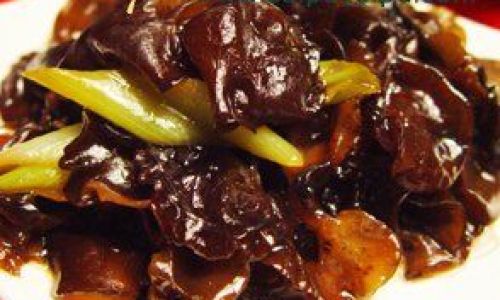
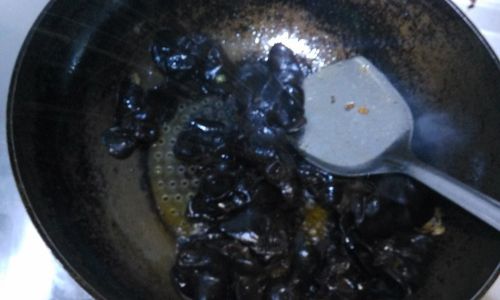


0 comments